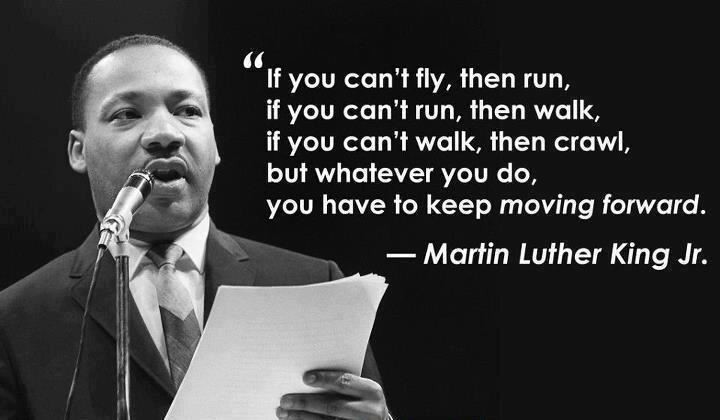Hi guys,
here’s the power-point with the information about how the New Higher did last year to help you consolidate your notes. Next week in Higher English, we’re going to be looking at Reflective writing, Cone-gatherers and, as ever, close reading. At National 5, we will be doing close-reading and Sailmaker. I want all of you to think about what we spoke about today and I’m looking to see you all turn up to school on Monday with renewed vigour and zealous attitude to your work.
Thinking about our chat, I think it’s important to remember that whilst I’m giving you this advice about your performance in English, it’s important to be applying the same energy and dedication to all your subjects. Higher, you have a lot to prove this year – don’t repeat the same mistakes that may have cropped up last year. Lack of motivation, disorganisation, and apathy is a sure fire-way to fail. If you experienced that disappointment in your stomach when you opened your results last year; then put in the extra effort and commitment that is required so that you don’t feel that feeling again. Similarly, if you did well, remember that these qualifications are the next step up, and if you want to feel that burst of pride and elation when you open your envelope again, then you have to be working solidly to achieve it.
National 5: You need to be reading this and making sure that you all get the good option when you open that fated envelope.
You all can do this, but you, and only you, must have the grit, dedication and passion to succeed. I genuinely do believe in you. Go make yourself, and me, proud!
Miss Purdon























